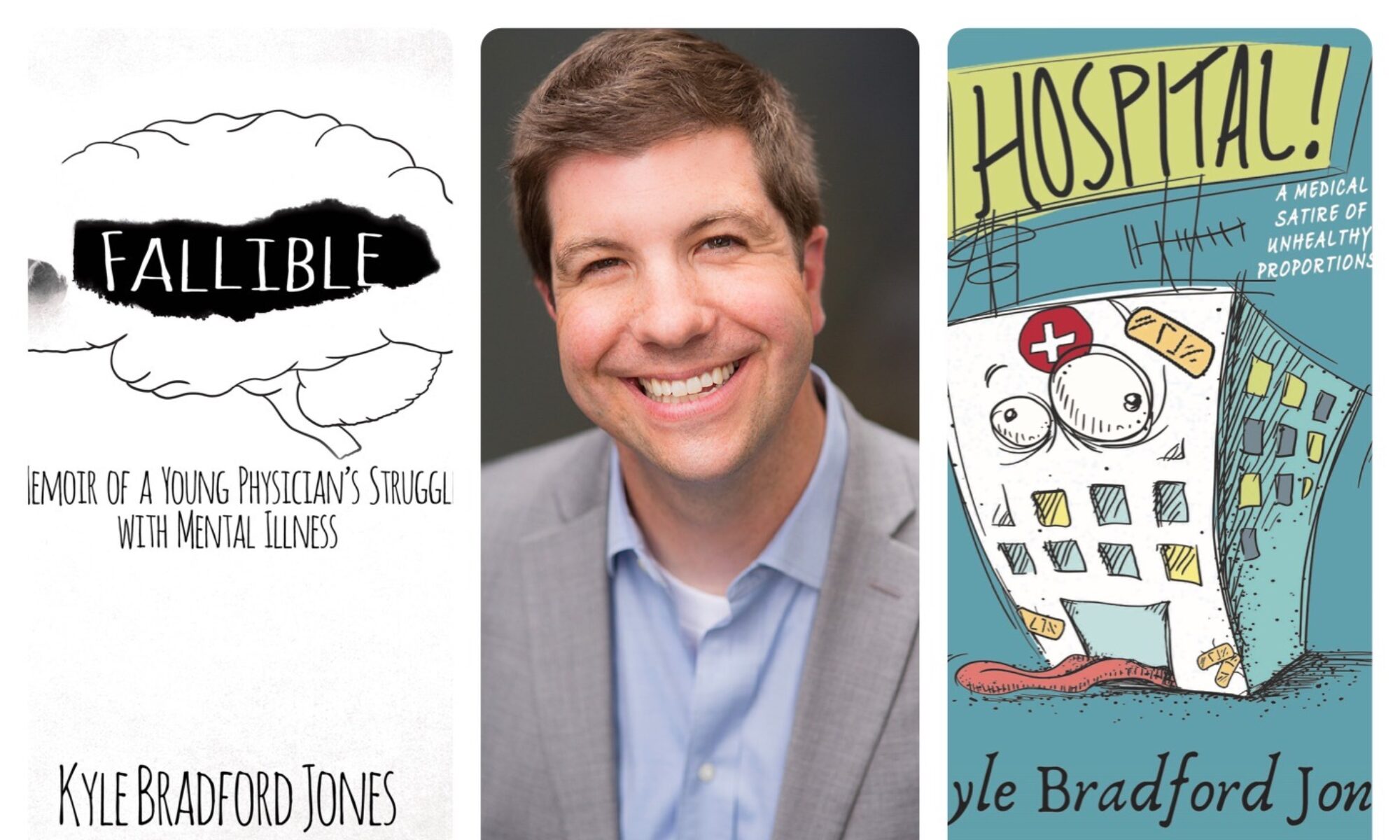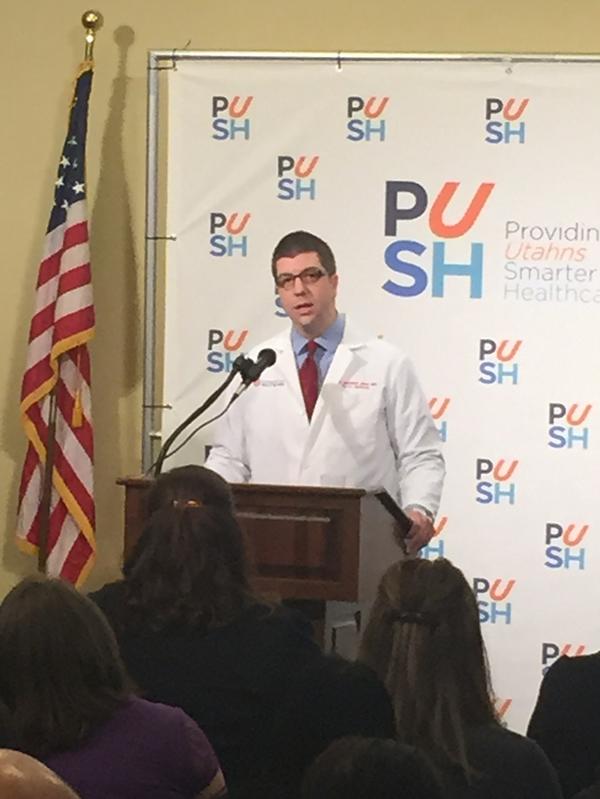I initially published this in the Salt Lake Tribune in August 2010. ED physicians in Utah got very upset about this, thinking that I was attacking them, and wrote very nasty things in the paper that attached me personally. I was actually attacking health care administrators, across the country generally and in Utah specifically, but they didn’t seem to notice. If anyone has watched a Detroit Tigers baseball game in recent years, you’ve seen these advertisements on the fences, so it’s obviously a practice around the country. I don’t think the offense by the ED physicians was warranted, but I do feel that any offense by administrators should be felt. This practice is a joke, and I don’t think this piece, though 5 years old, is any less correct today.
While many in the country decry the President and Congresses recent attempts to decrease health costs as inadequate, emergency departments (EDs) across the Salt Lake Valley have increased their attempts to further raise revenue for themselves. Local EDs have increased their marketing efforts recently with billboards, websites, and even phone texts stating their current ED wait times (“Hospital ERs hook patients with shorter waits,” 21 Jul 2010). While these efforts of educating consumers so as to better compete with each other are consistent with a smart business model, it is not consistent with the stated goal of many in this country of decreasing health costs.
The obvious reason for doing this is for area hospitals to compete with one another for a finite number of patients with emergencies. But the likely unintended consequence (or intended consequence, depending upon your level of skepticism) of such advertising will be to increase the total number of patients utilizing emergency care, thereby treating more people for non-emergent conditions, and thus increasing revenue for the hospital. Despite stated claims to the contrary by these hospitals, reason suggests that such advertising will increase the number of inappropriate ED visits. The nation already has a problem with increased volume of inappropriate visits, and advertising wait times encourages many with non-emergent complaints to seek care in that setting. Those with true emergencies (heart attacks, trauma, difficulty breathing, etc) will be seen more immediately in an ED than those with less emergent conditions anyway, so the very purpose for an ED’s existence completely negates the need to advertise such wait times, except to draw in patients with non-emergent conditions.
Some may not see the downside to this. The truth is that EDs provide much more expensive care, in large part secondary to overtreatment, than do other health care settings (“Overtreatment in ER remains a concern”, 3 Aug 2010). It also increases the likelihood of hospital admissions, as the ED is the gateway to the hospital, even if many of these patients are there unnecessarily. This then leads to further unjustified revenue for the hospital. Not only does this lead to increased health costs for everyone in the country, but it also puts these patients at increased risk for medication errors, serious infections, blood clots, and other potential mishaps that unfortunately occur in hospital settings.
Another reason for skepticism is how the waiting times are calculated, leading to the question of whether the hospitals are actually competing on meaningful grounds. Some of these waiting times are reportedly calculated as an average over the previous 4 hours, meaning they are often misleading to patients. Also, many patients are admitted to the hospital overnight to cut down the advertised time instead of remaining in the ED for a few hours of observation before a likely discharge, as has been practiced in the past. Again, not only does this increase costs, but it may actually end up being harmful to the patient. There are many ways to manipulate these advertised numbers.
So while in many ways traditional competitive business models may have some positives to offer in decreasing health costs, in this particular setting it will actually do the opposite. And as many studies and much data have showed over the years, an increase in health costs for one leads to an increase in health costs for all.


